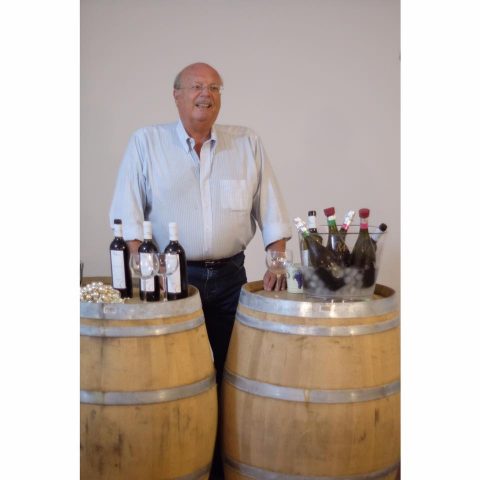Custoza, something is finally happening
Rather than a simple tasting, the Consorzio del Custoza producers’ association recently organized an event at which its president, Luciano Piona who is also a well-known producer on Lake Garda at his Cavalchina estate, presented a plan to relaunch the wines of the area.
Up until now, Custoza was stalled and left under the strong influence of two major producer cooperatives that saw no need for a revolution to enhance the notoriety of this wine and the area it is made in. The area is one rich in history – important battles took place here during the reunification of Italy – and also rich in climatic and territorial differences that interact with the morainal soil, as Professor Attilio Scienza of the University of Milan explained perfectly in his book. The area, he wrote, has a host of native as well as imported grape varieties that were brought by the Austrians and after so many years are practically become native themselves.
The plan excellently illustrated by Luciano Piona calls for a simplification of the rules governing production in Custoza and to have only one wine made there named Custoza. Producers will be allowed to indicate on the label whether the wine was made from grapes grown on vines that are at least 20 years old, something that the Consorzio will itself verify. Yield will reduced by at least 30% from what is permitted today and from an ampelographic point of view this will affect the classic, native varieties, with a drastic reduction of the lower quality Trebbiano Toscano which can be no more than 15% of the blend. The 15% limit will also be applied to the non-native varieties like Chardonnay and Riesling (something I, personally, do not agree with). The ambitious initiative has our full support and in a way recycles what we wrote about Custoza three years ago. Excess grape production will go to the making of Garda DOC, a wine that is already being made in the area, the prices for which should come more in line with those for Custoza thanks to an operation which we will not unveils now because it involves an accord with third parties.
Following the presentation of the relaunch plan there was a comparative and very interesting tasting of Custoza and Chablis from different vintages and producers. The tasting was conducted by University of Bordeaux Professor Raoul Salama, a great expert on Italian wine and dear friend of Doctor Wine. Perhaps the highpoint of the tasting were Custoza Raoul selected, wines that demonstrated a discreet capacity to age.
A couple of considerations: the estate’s selected for the tasting together with another three quality producers represent 15% of total production in the appellation while the wines chosen for the tasting represented 5%. While these numbers may seem small, the winemaking revolutions that took place in other areas that are now famous began with even lower numbers. Below is a list of estates that together have a critical mass sufficient to allow them to be present on leading world markets, also in view of the fact that their products are offered at extremely reasonable prices. Together with the names of the estate we have added those of their showcase wines which represent the best Custoza available.
- Albino Piona, Custoza Campo del Selese
- Corte Gardone, Custoza Mael
- Gorgo, Custoza Vigna Michelin
- La Cavalchina, Custoza Superiore Amedeo
- Le Vigne di San Pietro, Custoza
- Monte del Frà, Custoza Ca’ del Magro
- Villa Medici, Custoza Superiore
The evening concluded at Verona’s Casa Perbelli restaurant which once again confirmed itself to be one of the finest in the region for quality.

 Italiano
Italiano







